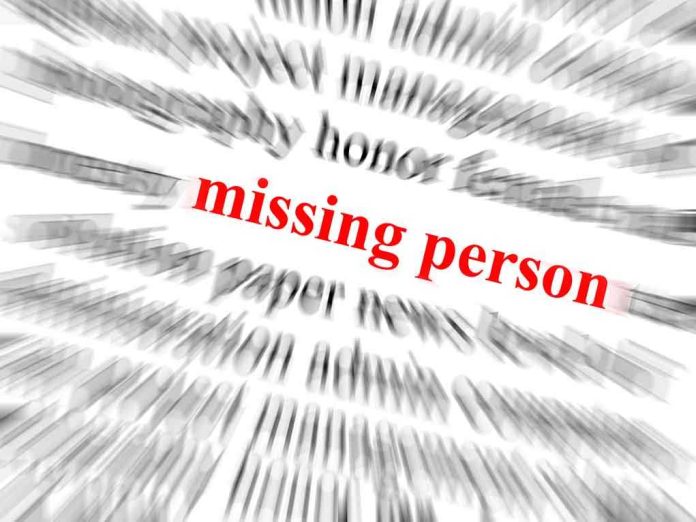
More than two thousand of the UK’s most vulnerable children—trafficked and alone—have disappeared from state care, revealing a crisis hiding in plain sight.
Story Snapshot
- Over 2,000 trafficked and unaccompanied child asylum seekers are missing from UK local authority care.
- Systemic failures and policy gaps leave these children exposed to exploitation and re-trafficking.
- Despite government reforms and increased funding, safeguarding measures remain inadequate and slow to implement.
- Experts and advocates demand urgent, nationwide action to prevent further disappearances and harm.
Thousands Vanish: A National Safeguarding Scandal
Children identified as trafficking victims or lone asylum seekers—some as young as twelve—have vanished from the very systems designed to protect them. Over 2,000 cases in recent years expose a systemic collapse: underfunded councils, fragmented care arrangements, and national policies that fail to prioritize child welfare over immigration control. In 2024 alone, over 4,240 children were recognized as trafficking victims, yet more than 2,000 disappeared, their fates unknown. This isn’t a series of isolated incidents; it’s a pattern that defies easy explanation and demands public reckoning.
Persistent underfunding, staff shortages, and policy decisions—like placing older children in “supported accommodation” instead of regulated care homes—compound the risks. These children, already traumatized, are often left in unstable, unsupervised environments, easy targets for traffickers and abusers. Local authorities, charged with safeguarding, face overwhelming caseloads and resource constraints. The Home Office, responsible for policy and funding, is routinely criticized for elevating immigration enforcement above child welfare. Meanwhile, NGOs like ECPAT UK and Missing People track the disappearances, sounding the alarm year after year.
Systemic Gaps and Policy Failures Exposed
The UK’s Modern Slavery Act 2015 and the National Referral Mechanism (NRM) were supposed to offer robust identification and support for trafficking victims. Yet, implementation remains patchy. The Independent Child Trafficking Guardianship (ICTG) Service, launched in 2017 and now slated for a full national rollout by 2025, was intended to fill gaps by providing specialist advocacy. However, until recently, most local authorities lacked access to these guardians. The delay has left thousands without the support needed to stay safe and navigate a labyrinthine immigration system.
Policy changes allowing 16- and 17-year-olds to be housed in semi-independent units—sometimes little more than bedsits with minimal supervision—have drawn fierce criticism. These placements, cheaper for councils, often prove disastrous for children facing exploitation or living in fear of deportation. Reports stretching back a decade document high rates of missing incidents among trafficked and asylum-seeking children, with little improvement despite repeated government pledges. The sheer scale—over 2,000 missing—underscores the urgency and the depth of official inertia.
Children at the Heart of a Political Storm
Advocacy groups, frontline professionals, and the Independent Anti-Slavery Commissioner agree: the status quo is indefensible. They call for stable, regulated accommodation and full access to specialist advocacy for every trafficked or unaccompanied child. Government ministers point to increased funding and the impending national rollout of the ICTG Service, but critics warn that reforms are too slow and too limited. Resource constraints and policy trade-offs continue to shape outcomes, leaving the most vulnerable children to bear the brunt.
The broader impact extends beyond the children themselves. Communities struggle with the social and economic fallout. Trust in the UK’s child protection and immigration systems erodes with every disappearance. Law enforcement and social care systems are stretched to the breaking point, while the public is left asking how such a crisis could persist—largely unseen and unaddressed—in modern Britain. Without decisive action, experts warn, the UK risks entrenching a two-tier system where the most at-risk children pay the highest price for systemic neglect.
Sources:
UK Home Office, “Independent Child Trafficking Guardianship (ICTG) Service” (2025)
UK Home Office, Find a Tender notice for ICTG Service (2025)
ECPAT UK, “One in three trafficked children go missing from local authority care”







